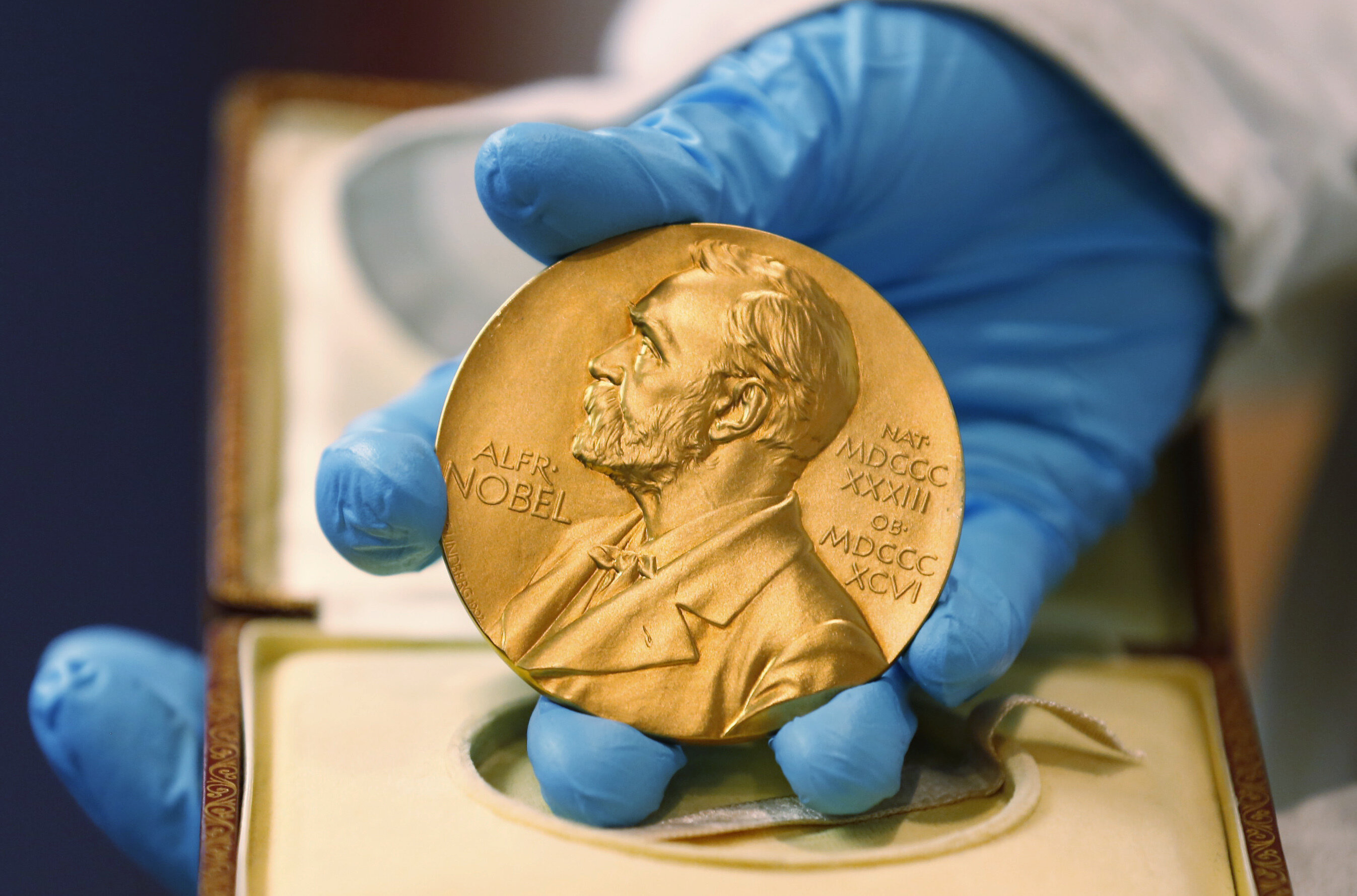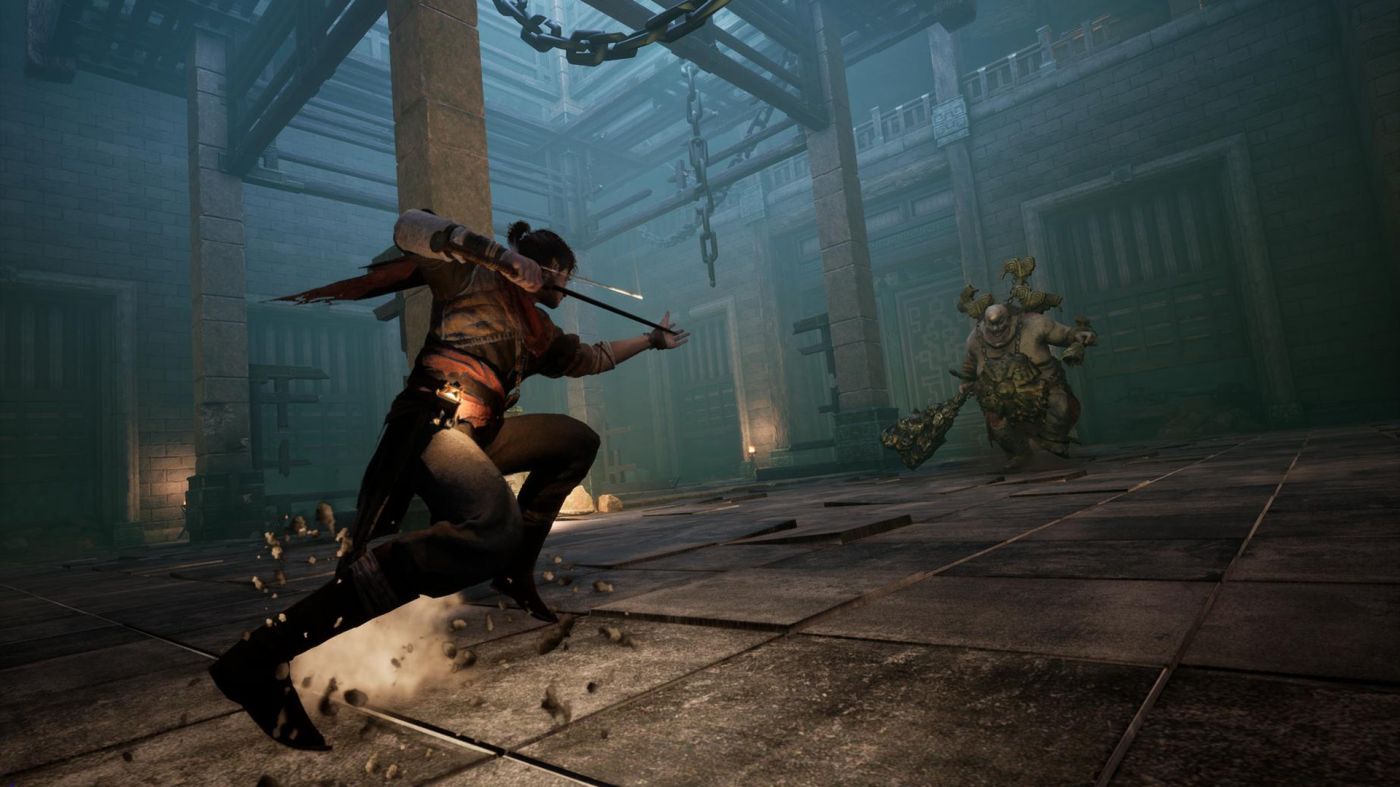#Penn Med students create apenndx, a new journal for body and spirit in the age of COVID-19
“#Penn Med students create apenndx, a new journal for body and spirit in the age of COVID-19”
But as they met at campus coffee tables and on cushioned benches outside classrooms to plan their new magazine, which they christened “apenndx,” they had no inkling of the viral tsunami that was about to rock their world, not to mention their future profession.
That tsunami was, of course, COVID-19.
Just two months into their second semester, the students’ courses went online and much of their class dispersed across America to quarantine with their families. But the 12-member team didn’t give up on its plans for apenndx as the magazine marched toward its first publication. In fact, they expanded it, seeking additional pieces that captured students’ personal experiences from the pandemic.
Late last month, the all-digital maiden issue of apenndx went online.
“We believe that apenndx embodies the best of our community and lessons learned within it, especially during these trying times,” said Andrew Ahn, 26, apenndx publisher.
Executing the magazine took a wide array of talents: literary, journalistic, graphic design, financial know-how, and more. The team brought those skills and experiences from their prior work on undergraduate publications. And they came together in a commitment to their project, despite or maybe even because of the adversity they faced in pulling it off.
“The thing that really shocked me—in a good way—was how invested the team was in spite of the distance,” said Catherine Yang, 23, one of apenndx’s three editors in chief. Born in Philadelphia, she quarantined with family in Minnesota. “I don’t know if I would have realized that level of dedication if we hadn’t been split up by the pandemic.”
Compassion, clarity, and openness were the magazine’s content goals—”certain qualities that seem to be in high demand these days,” said Ahn, who grew up in Massachusetts.
Horace DeLisser, one of apenndx’s faculty advisers and the medical school’s associate dean for diversity and inclusion, said the project earned support for a number of reasons. In addition to it building community,, encouraging participation in the arts and humanities early in medical training helps to encourage self-care and promote well-being, he said.
“Beyond that, there are aspects of medicine that transcend knowing biology and physiology,” DeLisser said. “There is this profound relational component to being a physician—learning how to listen, to empathize, to do reflection, to dwell with ambiguity. These are also critical physician skills, and the arts and humanities help to promote that.”
True to its mission, the first edition of apenndx is a mix of humanities and science in essays, art, articles, and photography. There is journalism about women in medicine, commentary about health care and class, and photojournalism of women’s global health.
There are also many personal pieces, such as one student’s essay about her sister with Down syndrome, scenes from life under quarantine, anti-Asian racism during the pandemic, a virtual happy hour, and one student’s experience of running from “rona.”
“These are stories that bind a lot of people together, even if they’re separated by miles and miles,” said Sonia Wang, 22, another editor in chief, from California.
The works in apenndx gave students a voice, and the aim will be to do so biannually, and hopefully sooner than later back on the Penn campus.
The magazine’s founding team and their colleagues will soon resume preparing to become doctors who will be trying to combat the deadly virus.
“It’s a very different time,” said Wang. “It’s both exciting to know we are the ones who will be fighting the pandemic, but it’s also a little bit intimidating, when things are unknown right now in terms of our curriculum and how health care will change.”
“To be honest, it’s that privilege of being there for other people, especially in dire times, that drew me to medicine,” he said. “Seeing COVID, feeling like a bystander, not being able to do much as a first-year medical student, has fueled those emotions of wanting to go into the front lines and help other people.”
©2020 The Philadelphia Inquirer
Distributed by Tribune Content Agency, LLC.
Penn Med students create apenndx, a new journal for body and spirit in the age of COVID-19 (2020, June 10)
retrieved 10 June 2020
from https://phys.org/news/2020-06-penn-med-students-apenndx-journal.html
This document is subject to copyright. Apart from any fair dealing for the purpose of private study or research, no
part may be reproduced without the written permission. The content is provided for information purposes only.
If you want to read more Like this articles, you can visit our Science category.
if you want to watch Movies or Tv Shows go to Dizi.BuradaBiliyorum.Com for forums sites go to Forum.BuradaBiliyorum.Com


